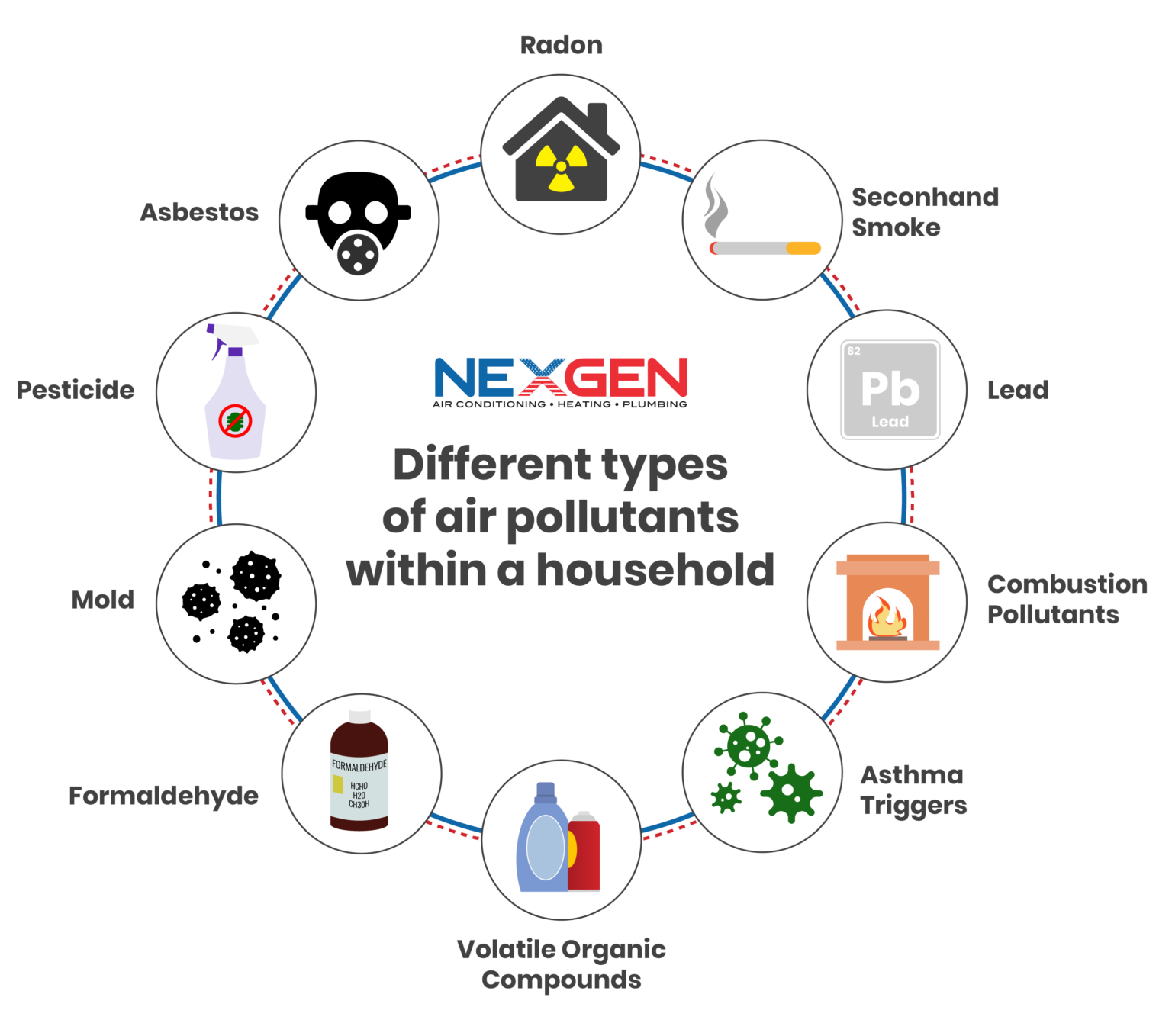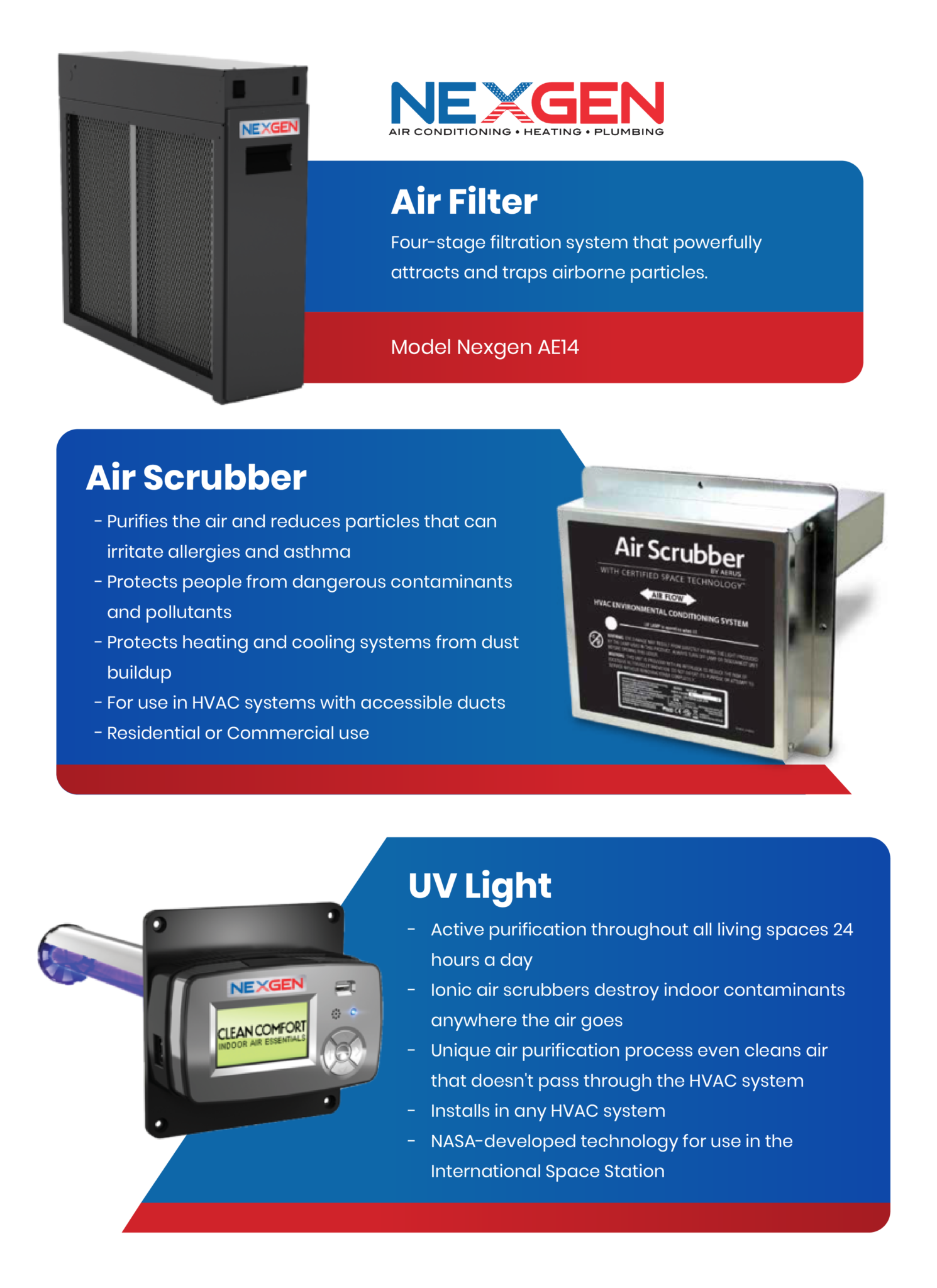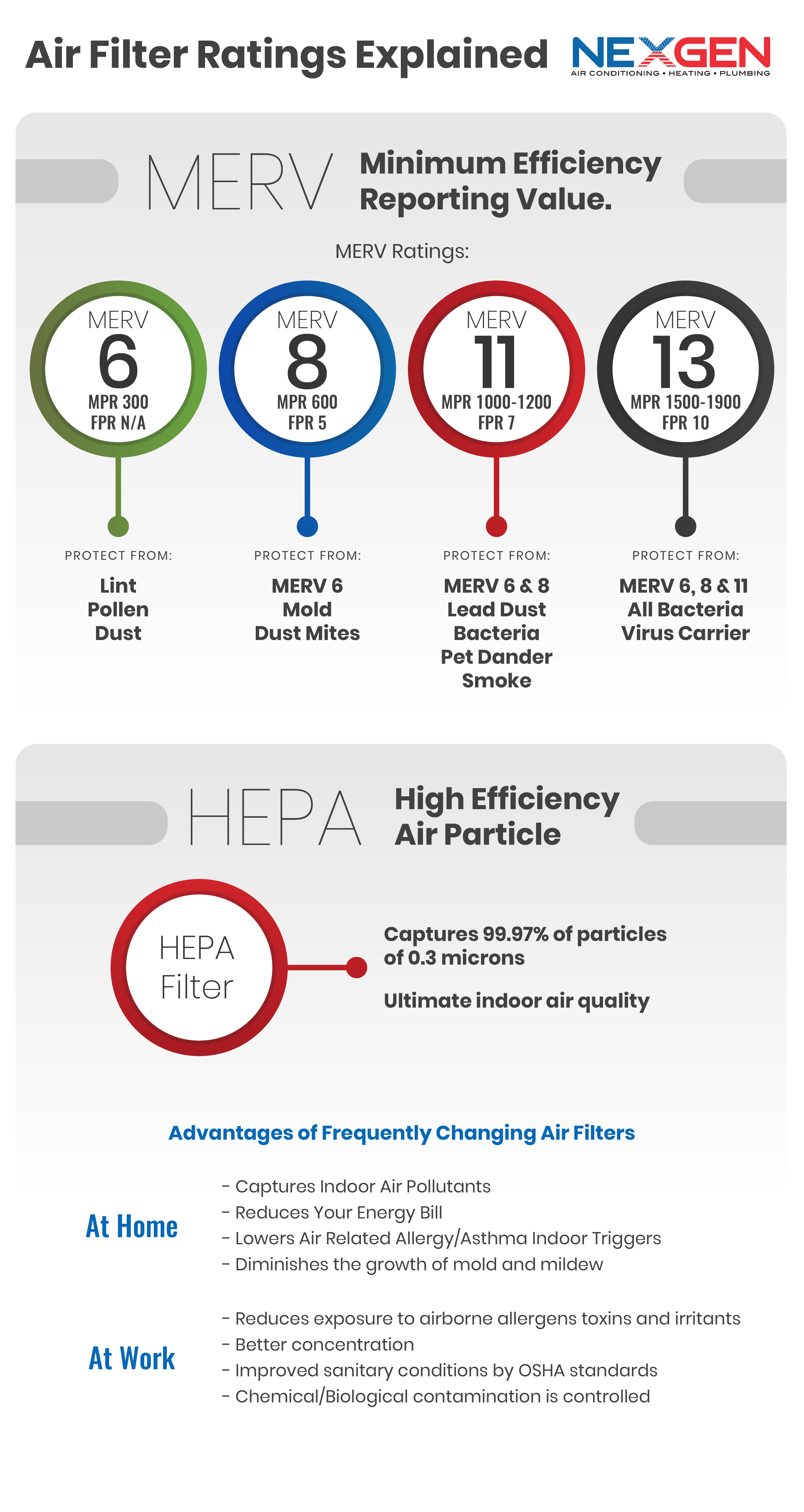Following best practices can address poor air quality in places people spend a lot of time indoors—such as homes, schools, and office buildings.
Remodeling Old Homes and Building New Homes
Remodeling a home can pose a variety of air quality risks. Even fixing damaged paint can be hazardous, but a fresh coat isn’t always the answer. Condensation, leaks, and structural damage may have caused the damage, so it’s important to identify and correct any underlying causes.
If your home was built before 1978, it’s best to assume it has lead-based paint and to take appropriate precautions. Contact an asbestos professional if the material is present and the project requires working near it. An asbestos removal specialist has the proper tools and equipment to deal with the issue safely before you move forward.
If you find mold during a renovation, clean it up and be sure to remove excess water and moisture, where it can continue growing. Detergent and water can be used to wash mold off hard surfaces. Check for leaks in plumbing or other sources. These should be fixed, while moldy carpet, ceiling tiles, and other absorbent materials should be immediately replaced.
When working in potentially dusty areas, use a water mist to wet surfaces down before scraping or sanding, or place a barrier around the work area. Use fans and other ventilation to remove pollutants and prevent them from spreading to other rooms. When using paints, sealants, or adhesives, check Material Safety Data Sheets for information such as toxicity, health effects, and how to deal with exposure. Storage, disposal, protective equipment, and spill leak procedures are typically included as well.
A structure can be built such that wooden building materials aren’t in contact with the soil. This prevents termites from accessing the structure and avoids requiring pesticides to address a termite problem. Solid wood products can prevent indoor air quality problems, as can exterior grade pressed wood products (for floors, walls, and cabinetry) with phenol-formaldehyde.
During construction, add proper drainage and sealing to foundations. More moisture can enter from here than any activities in the home. Mechanical ventilations systems, installed from the start, can consistently deliver outdoor air to maintain IAQ. Also make sure furnaces, fireplaces, and heaters are both well-ventilated and get enough supply air. You can prevent backdrafting of particles and gases, especially from a chimney or flue.













